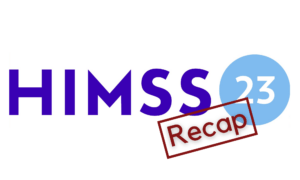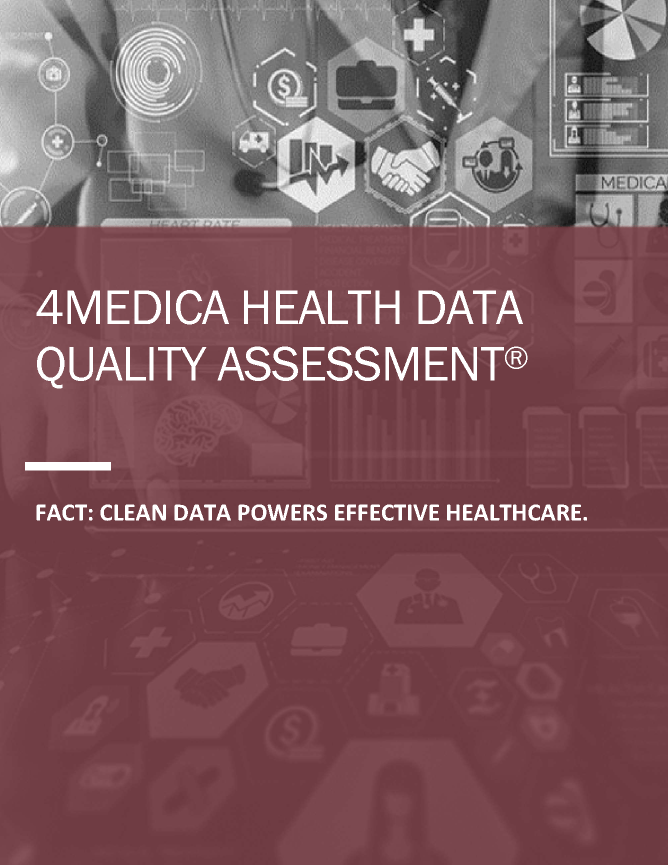The HIMSS23 conference last week in Chicago brought together healthcare leaders, technology innovators, and experts from around the world to discuss the latest developments and trends in the healthcare industry. The conference was filled with insightful discussions and presentations, but three key takeaways stood out.

1. Resolving Patient Identification Issues with Artificial Intelligence and Machine Learning
One of the biggest challenges in healthcare is accurately identifying patients, particularly in situations where patients cannot identify themselves, such as during emergencies or when dealing with unconscious patients. Incorrect patient identification can lead to serious consequences, including misdiagnosis, medication errors, and even death.
Artificial intelligence (AI) and machine learning (ML) offer promising solutions to this problem. By analyzing patient data such as EHRs and medical images, AI and ML algorithms can accurately identify patients with a high degree of accuracy, even in cases where patients are unable to identify themselves.
During the conference, several organizations showcased how AI and ML technologies are used to improve patient identification in healthcare. For example, some healthcare providers use facial recognition and other biometric technologies to identify patients in emergency situations. Others, such as 4medica, use ML algorithms to analyze patients’ demographic data across multiple datasets and accurately identify patients based on unique demographic attributes.
Overall, the use of AI and ML in patient identification is an exciting development, and it is likely that we will see more of these technologies being integrated into healthcare systems in the future.
2. Standardizing Patient Registration Processes to Include Accessing Full Patient Demographics from External Databases
Another challenge is accurately capturing patient demographics, including name, address, date of birth, and other important information. When patient data is incomplete or inaccurate, it can lead to delays in treatment, billing errors, and other problems.
To address this challenge, 4medica works with healthcare organizations to standardize patient registration processes and improve access to external databases that contain full patient demographic information. By integrating the cloud-based 4medica EZReg™ patient registration app with registration databases, HIEs, EHRs and other healthcare systems, providers can access comprehensive patient data in real-time, reducing the risk of errors and other problems.
Another example is the use of an enterprise master patient index (eMPI), which is a database that contains patient demographic information and is used to link patient records across different healthcare systems. By using an eMPI, such as the 4medica Big Data MPI®, healthcare organizations can ensure that patient records are accurate and complete, reducing the risk of errors and improving patient care.
Overall, standardizing patient registration processes and improving access to external databases is an important step in improving patient care and reducing errors in healthcare.
3. Improving Patient Outcomes by Using Reliable Data from Multiple Sources
Another key theme at the HIMSS23 conference was the importance of using reliable data to improve patient outcomes. By aggregating data from multiple sources, including labs, EHRs, medical devices, and other ancillary healthcare systems, providers can gain a more complete picture of patient health and make more informed treatment decisions. For example, some providers use predictive analytics to identify patients at high risk of readmission and develop targeted interventions to reduce the risk of readmission. Other providers use machine learning algorithms to analyze large amounts of patient data and identify patterns that can help improve diagnosis and treatment. By using data from multiple sources, providers can gain insights into patient health that would be difficult to obtain using a single data source.
Overall, the use of reliable data from multiple sources is critical in improving patient outcomes and delivering high-quality healthcare. As healthcare systems become more complex and data-intensive, it is likely that we will see more healthcare providers invest in data analytics and other technologies to improve patient care.
HIMSS is one of my favorite conferences because it gives me a chance to check on the progress of digital technology in improving healthcare and ensure that 4medica is providing the services the industry needs to continue to advance. Until next year!
